Around the room, there are so many intriguing things for a preschooler to explore. Opening the doors to a new class, though, means new beginnings. Focusing on classroom routines and keeping things simple encourages good habits early while engaging children in meaningful play. That doesn’t mean that it has to be dull!
Starting the Day Off Right
When students enter the room, they take off their shoes and hang their belongings in their cubbies. Each one is labeled with a student’s name. This not only increases exposure for name recognition but also helps students know that they BELONG in this room by designating their own space. And, even though most students won’t be able to read, a nice motivational sign helps remind their grown-ups about the goals and sends a nice reminder to the teachers as well.
On top of each cubby is a folder for the parents with all of the important information that they need. A reusable plastic file folder keeps things tidy and can be used every day!
After the students arrive, a morning meeting on the circle time rug helps get the day rolling. Using multiple, shorter circle times helps transition students to new activities and gives them information in more manageable chunks for their shorter attention spans. The first meeting is a welcome song and introducing some of the new centers. This is where classroom routines for the centers can be briefly introduced.
The middle meeting is to cover the “meat” of the lesson. This is where the main topic is addressed for that day. Keeping this in a familiar format helps students focus and retain more information as the year goes on.

FREE Posters And Organizational Tags
Enjoy these Free Posters and Organizational Tags perfect for the classroom!
After you subscribe, you will be redirected to the FREE Posters and Organizational Tags. We respect your privacy. Unsubscribe at any time.
The last circle time is a focused review in the form of a fun game. This is a great time to evaluate student retention and ensure that students really have grasped the material being presented.
The circle time rug does have some toys available for center time as well. These are easy to clean up and get rotated weekly. Baskets corral the small pieces, in this instance, little people.
Introducing the Art Center’s Classroom Routines
Starting the year with low-mess items helps keep things under control while students are still learning how the classroom works. At the art easel, for example, begin with crayons or markers in the trays so students can practice writing on a vertical surface, learn about the art center rules, and enjoy making a picture using a familiar medium.
To keep track of artwork (and also to let messier projects dry later on), wall clips with name tags prevent mix-ups. Make sure to leave enough space for the largest pieces of art. It’s also recommended not to hang extra-drippy pieces until they are at least somewhat dried. This also does double-duty by functioning as a constant rotating classroom art display!
Early on, focusing on a name book allows the teacher to instruct on all the different kinds of art supplies in a more controlled setting. The book has a page for coloring and watercolors, all focusing on the students’ names and first letter of their names. Here is a whole video on why this is way more developmentally appropriate than using a “letter of the week.”
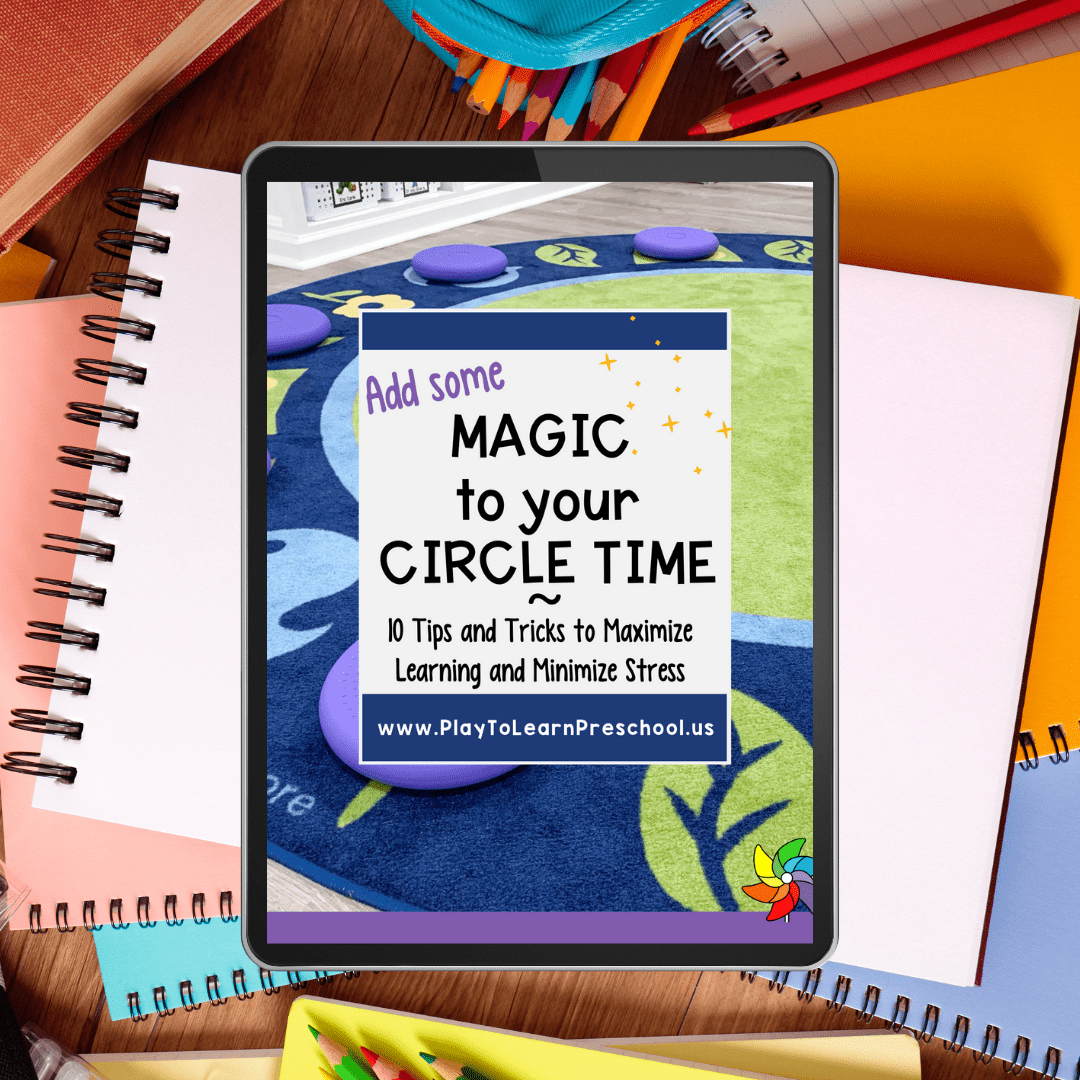
FREE Circle Time Ebook!
Tips and tricks to maximize learning and minimize stress!
After you subscribe, you will be redirected to the FREE Ebook. We respect your privacy. Unsubscribe at any time.
Literacy Skills 101
A literacy center allows students plenty of opportunities to practice writing using crayons and pencils. Even if they are using pretend writing, it is an essential skill for students’ fine motor practice. Different activities can be placed here, such as write-and-wipe tracing pages, easy letter puzzles, mazes, and more. All these build fine motor muscles that are critical for writing.
A cozy corner with soft pillows and favorite books on display invites students to look at picture books independently or with a teacher. Child-size chairs help the space double as a home living area or a book nook, depending on what is needed at the moment.
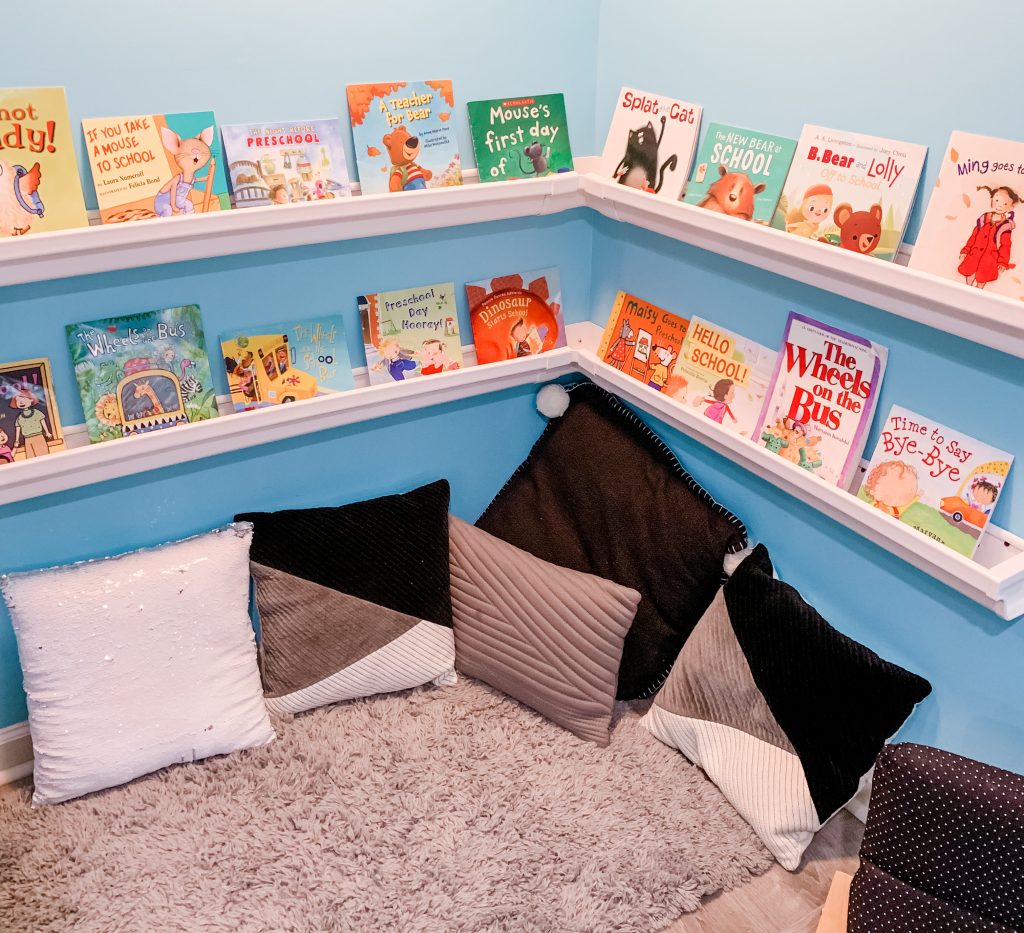
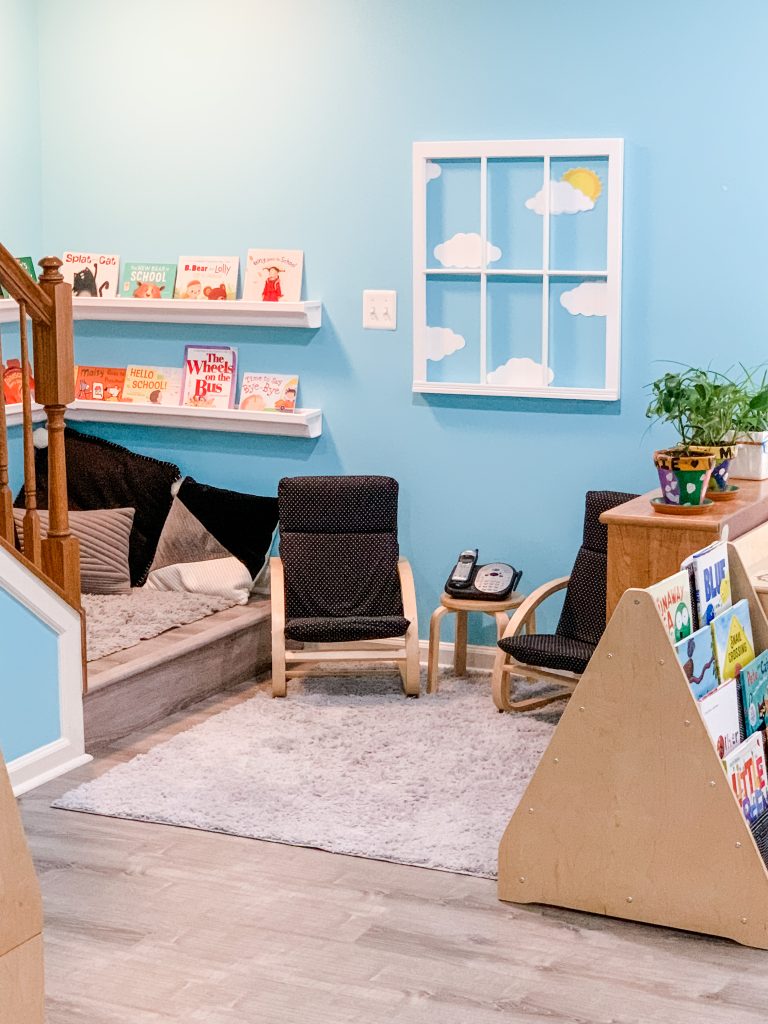
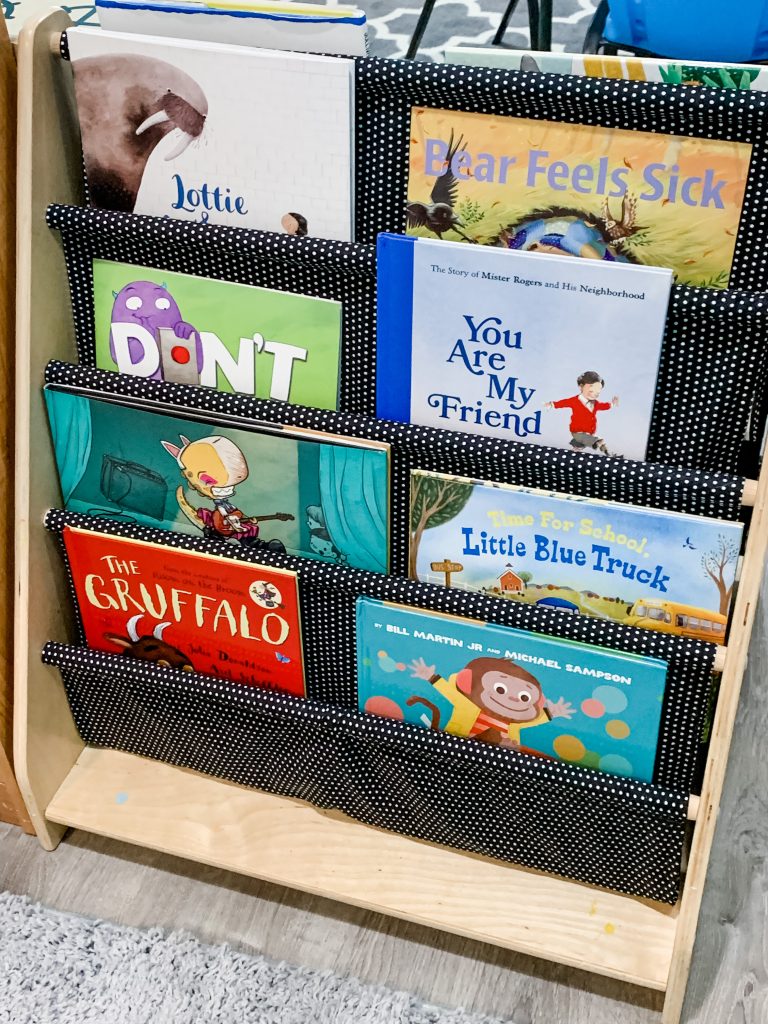
Building Blocks for Success
Blocks are amazing for cooperative play and STEAM skills. An assortment of brightly colored rainbow builders fit the theme, while the standard blocks are still available for construction as well.
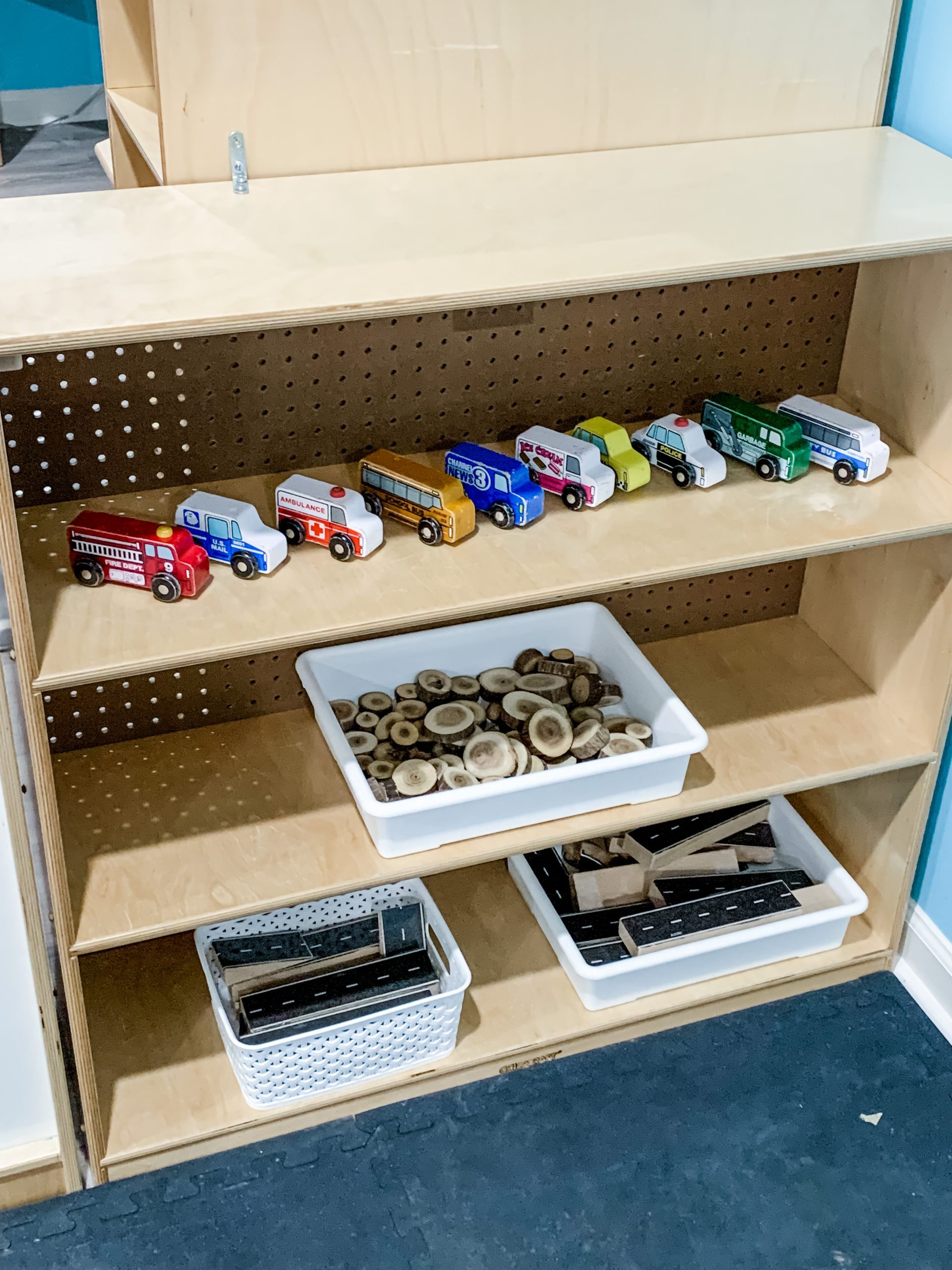
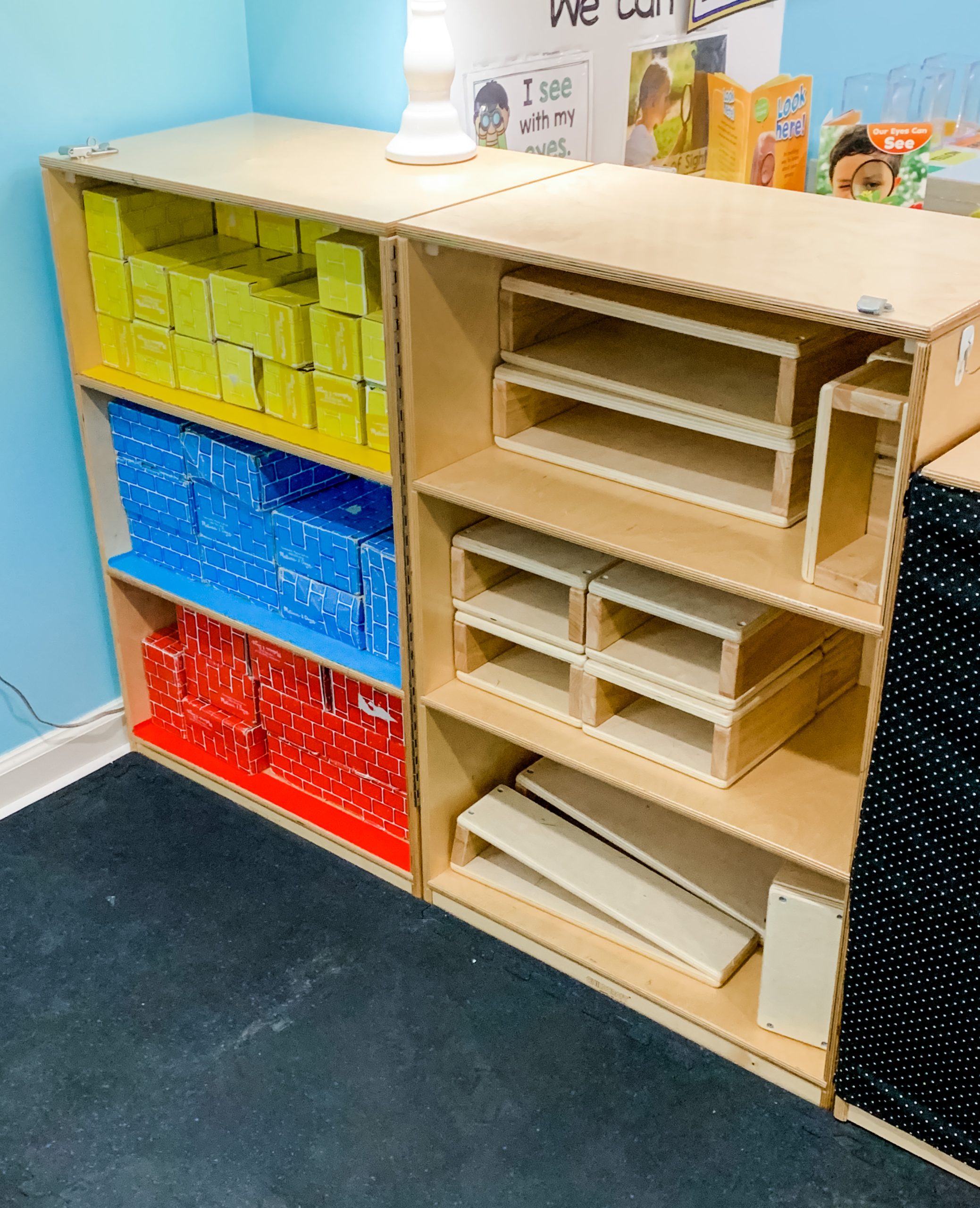
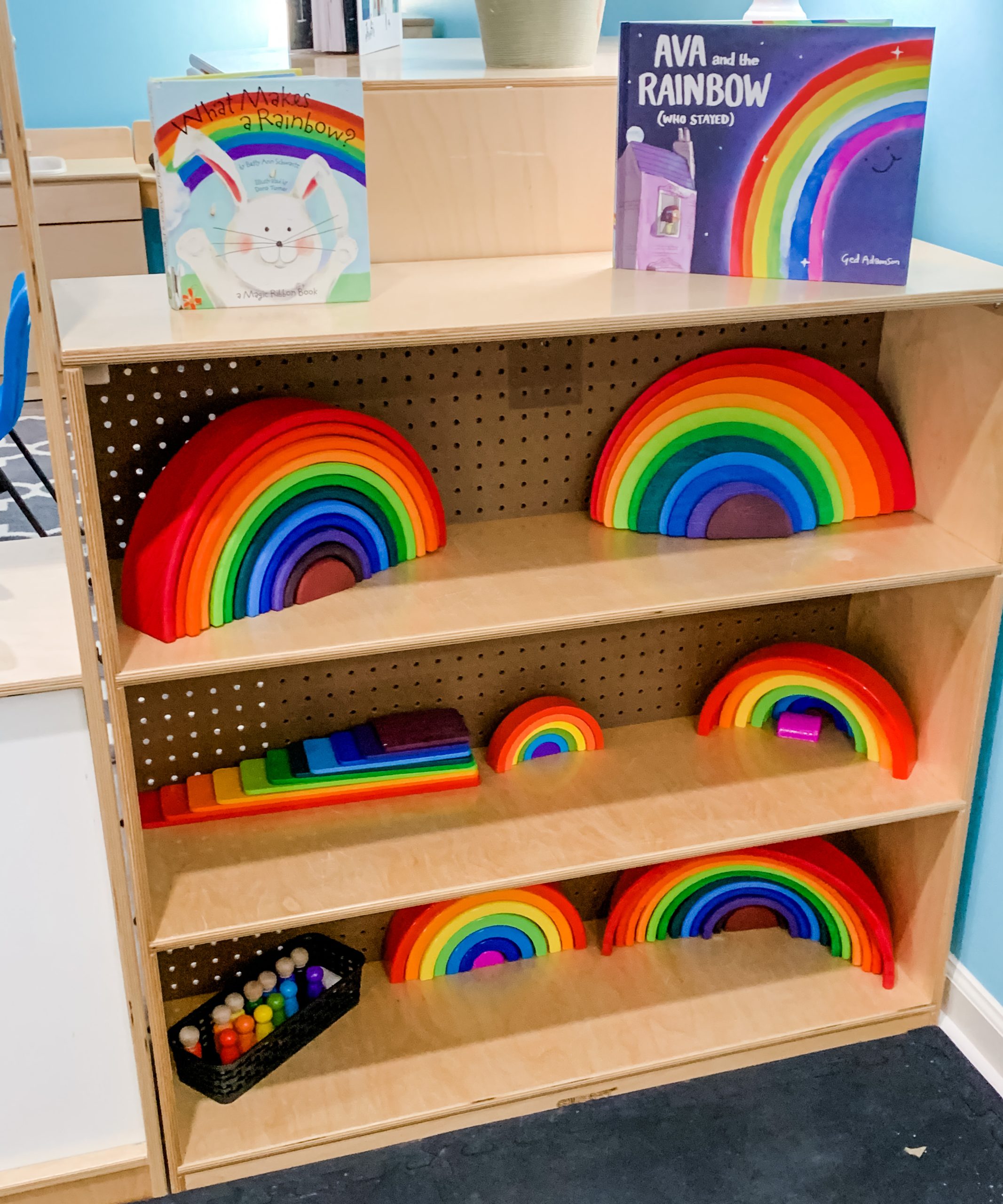
Science Center
A great way to introduce science to young learners is to start with something they know – themselves! Teaching them about the five senses is a fantastic way to start a conversation about science. This display gives students a hands-on way to experiment with the different ways to view the world.
Sensory Sensation
One of the more difficult things to teach young learners is self-regulation. That’s why starting out with this easy-to-clean-up sensory activity makes a lot of sense. Brightly colored pompoms are visually appealing. They are easy to grab with tongs (pincer grasp practice!) and sort into different colored bottles (visual discrimination). Sometimes, students get a little rambunctious at the sensory table and might throw the material. Unlike rice, sand, or other sensory fillers, pompoms are a cinch to scoop off the floor and put back in the table. They also don’t cause situations in hair and eyes like other fillers. It is easier to redirect behavior when there is only one crisis to solve at a time!
Light Up Their Lives at a Light Table Station
Light is so attractive to everyone! Translucent fruit wedges (purchased at a dollar store), clear acrylic containers, and metal tongs help practice that ever-important pincer grasp. Sorting by color again reinforces the skills at the sensory table in a new framework as well.
Dramatic play
The first week of school is an exciting time, and it might be tempting to make the dramatic play center into something unique and involved. However, students will need time to learn how to use the space and to work with each other, so it is best to keep things simple, at least at first. Even limiting the amount of family living accessories is recommended until the children gain some experience. Throughout the year, there will be plenty of time to add more complicated dramatic play setups, such as an airport or veterinary clinic. Keeping it simple gives the students more of a chance to focus on classroom routines for playing in this center, as well as cleaning up.
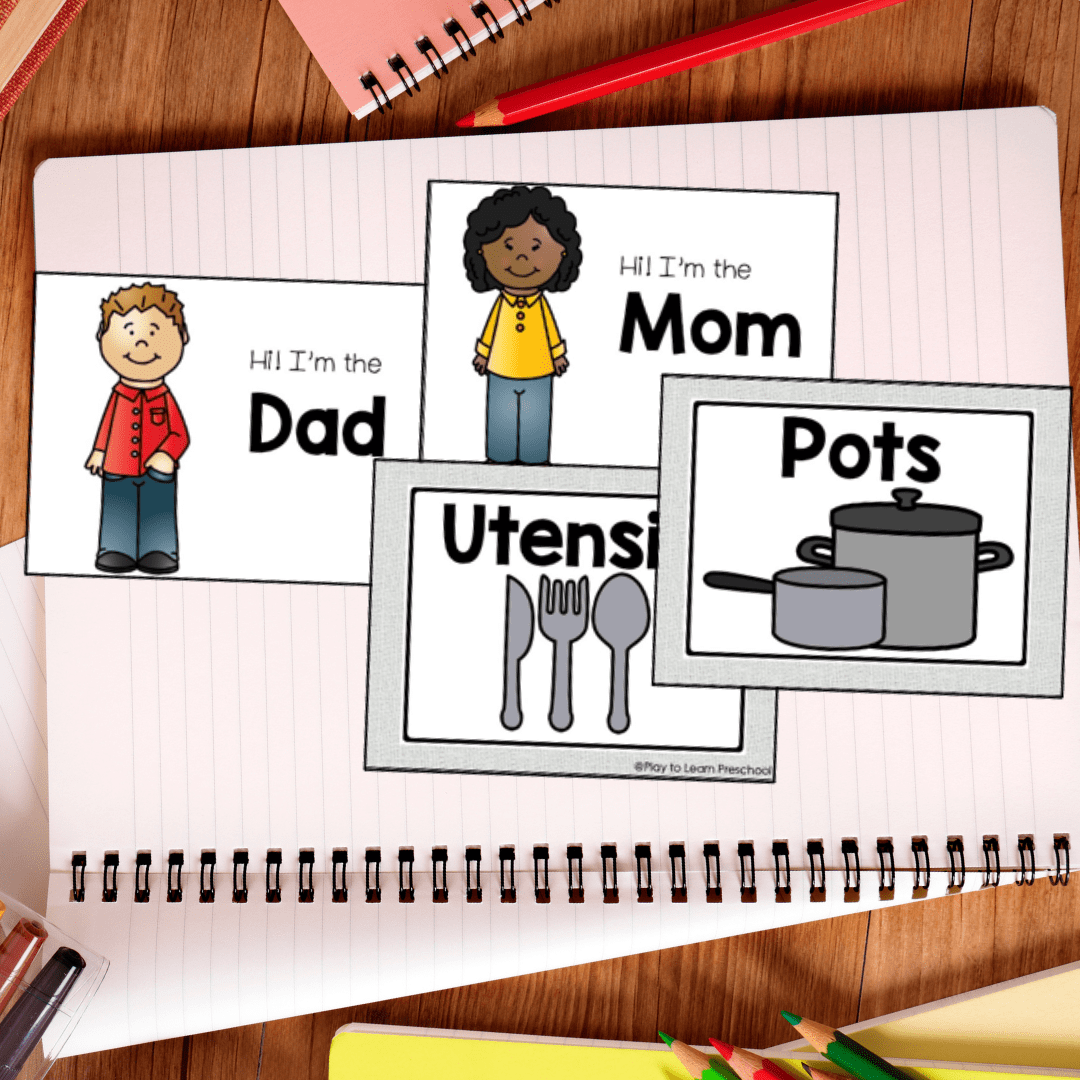
FREE Home Living Dramatic Play!
The dramatic play area is the center of our classroom community. So much fun, hands-on learning takes place there!
After you subscribe, you will be redirected to the FREE Dramatic Play Set. We respect your privacy. Unsubscribe at any time.
It All Adds Up
Carrying a theme like color discrimination and pincer grasp is a great way to help all students feel successful at all of the different centers. When they get to each center, they already have some of that skill to build on. In this case, the color discrimination and pincer grasp from the sensory table and light table are echoed here in a slightly different setting. Students can sort the clips onto the circles, count the clips, and record their findings on the abacus.
Working in a Vertical Space
Sorting doesn’t have to be limited to a table activity. Working on a vertical surface builds different muscles in young children while reinforcing the skills from the other centers. The larger space also encourages cooperation and conversation between students.
Cleaning Up – One of the Most Important Classroom Routines!
Of course, spills happen. It’s just part of preschool life as the students learn how to balance items while pouring, filling, and carrying materials and food. A spill station like this one teaches students that it’s ok to make mistakes, as long as you are ready to pitch in and clean up!
Time for a Snack!
Learning doesn’t have to stop when we have the munchies! One of the most important classroom routines is learning how to prepare for a snack.
Using a magnetic whiteboard, it is easy to change out what snack will be. This benefits students in multiple ways. Most of the words are the same every week, which helps them recognize them on sight. The dots under the words help develop concept of word. The cards help students visually discriminate what they will need for snacks. And of course, it takes only a moment to change for each day!
Lining Up – One of the Most Important Classroom Routines
One of the most important times to have good classroom routines is when it is time to transition to something new or exciting. Preschool students often benefit from visual aids to remind them. Assigning each student a star or dot is a great way to get them to line up quickly, with no pushing and shoving. It is an easy way to show social distancing as well!
Outside Time!
Outside play is necessary for growing strong bodies and minds unless the weather is VERY uncooperative. Providing plenty of options gives students the opportunity to continue their play from the indoor locations or have new adventures.
Offering a dramatic playhouse or similar setup is perfect for little ones that like to pretend to be grown-ups. Dramatic play fosters fantastic communication and cooperation for young learners.
A table like this one – made with a utility spool, artificial grass, and some paint – provides a backdrop for block play, small world play, and more.
If certain sensory materials are problematic, putting them outdoors is a wonderful solution. Of course, students still need to follow the sensory table rules, but outdoors, letting some of the mess go can be easier.
Using Natural Elements
Adding natural elements such as rocks, shells, and twigs into the mix connects students more deeply to the world around them. In the sand table, pebbles become rocky mountains and twigs become trees. Other fun toys such as cars, bubbles, and sidewalk chalk add to the magic!
The Last Classroom Routine
It’s crucial to end the day on a positive note. Having a solid goodbye routine helps children have a sense of closure for the day and builds excitement for the next day. A special secret handshake, song, or silly walk to the door can all be great ways to build continuity across the school year.

FREE Circle Time Ebook!
Tips and tricks to maximize learning and minimize stress!
After you subscribe, you will be redirected to the FREE Ebook. We respect your privacy. Unsubscribe at any time.
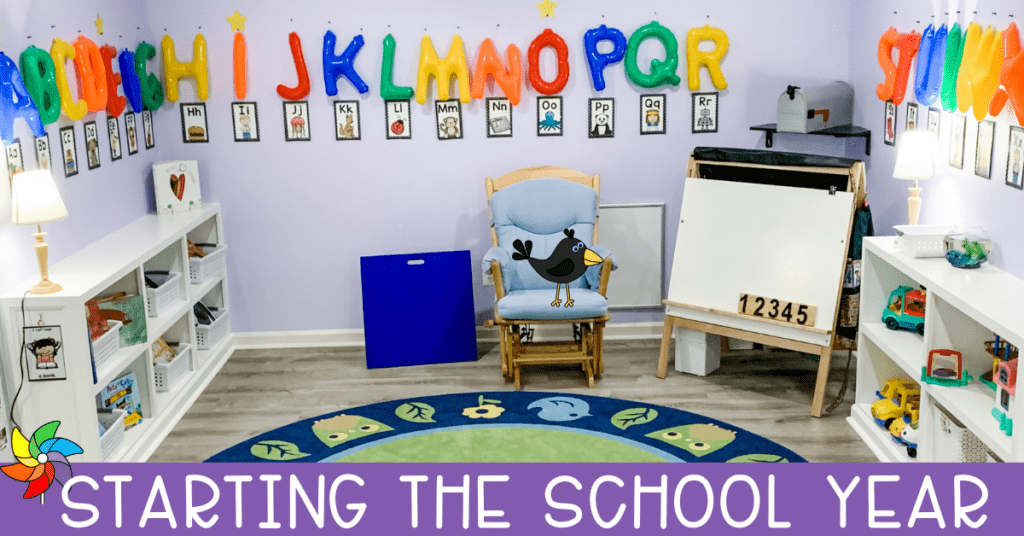
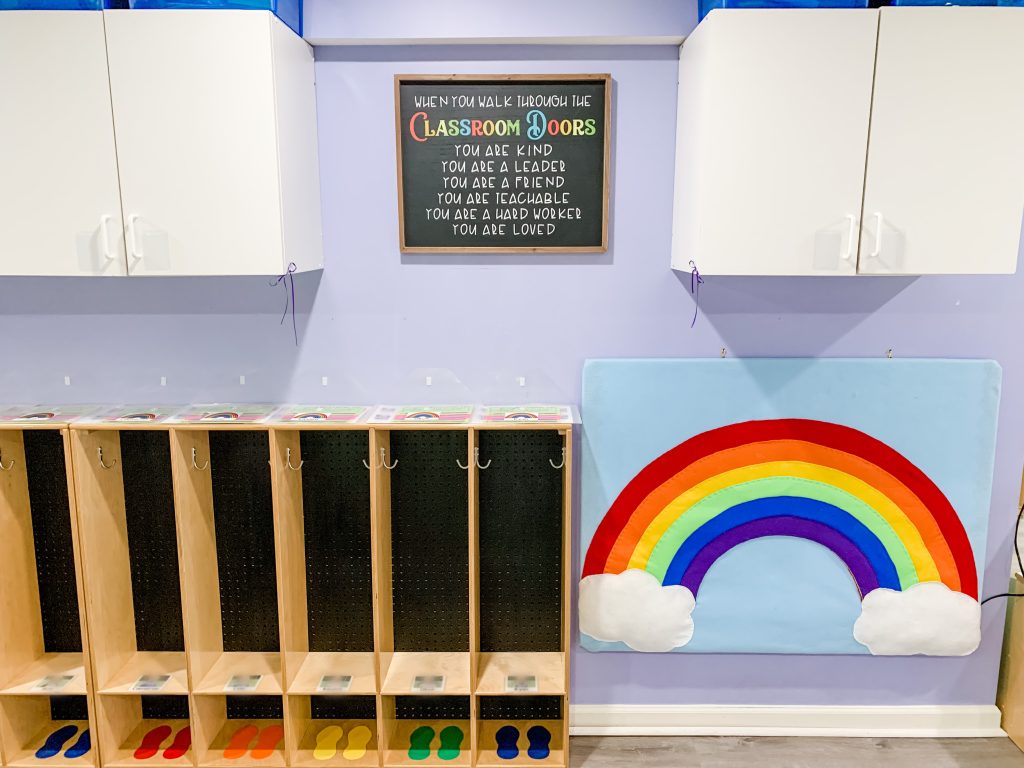
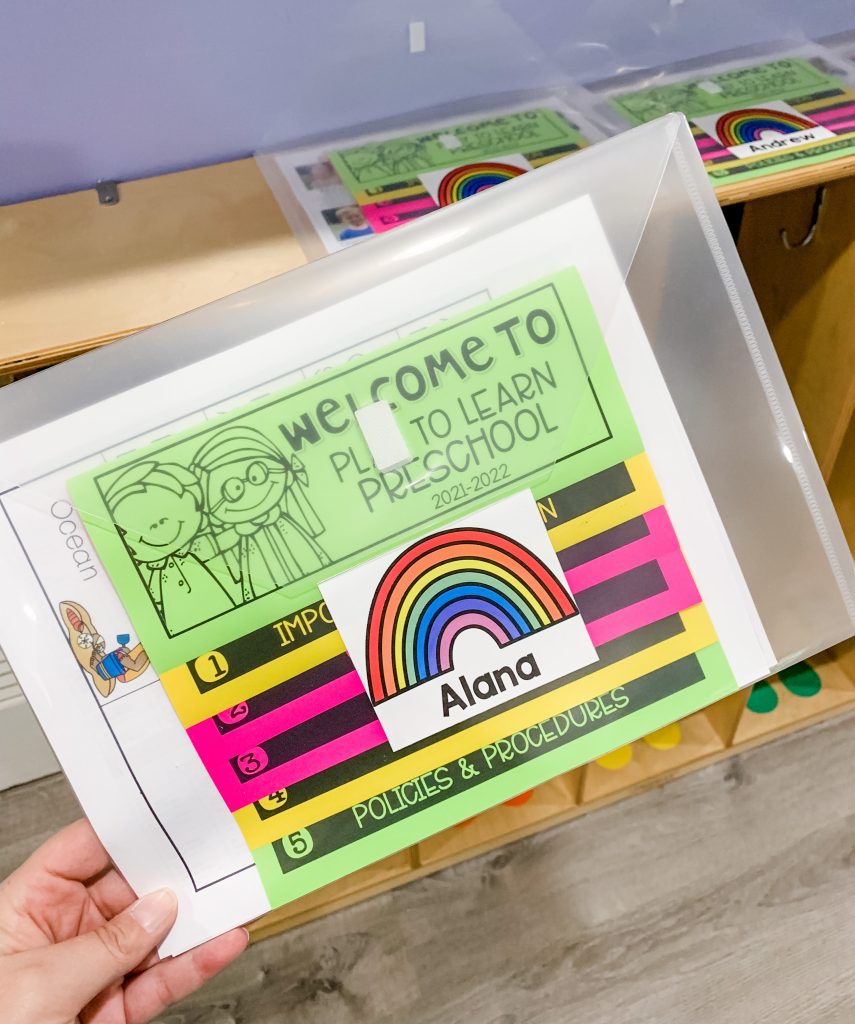
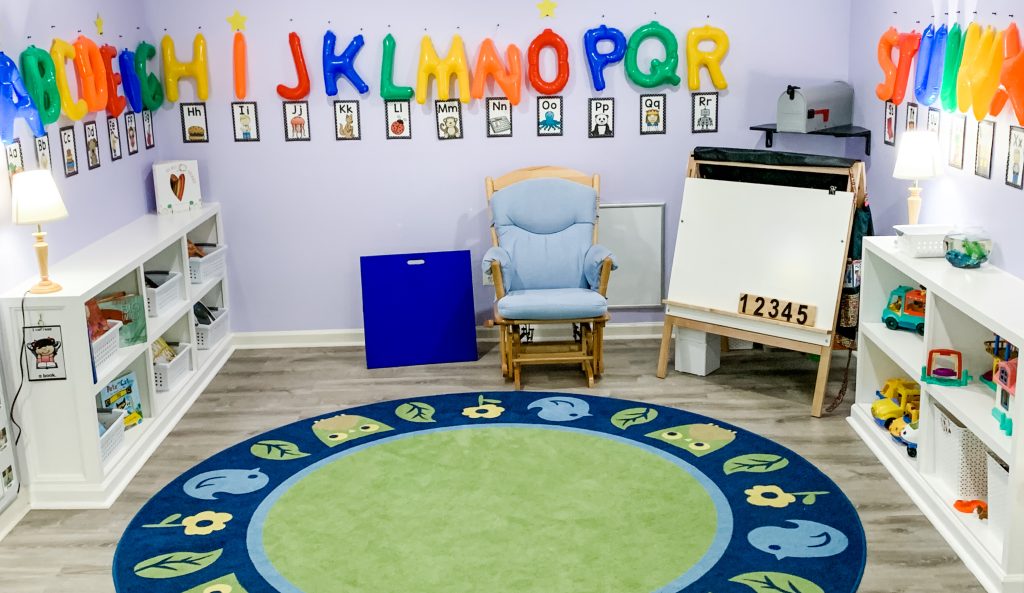
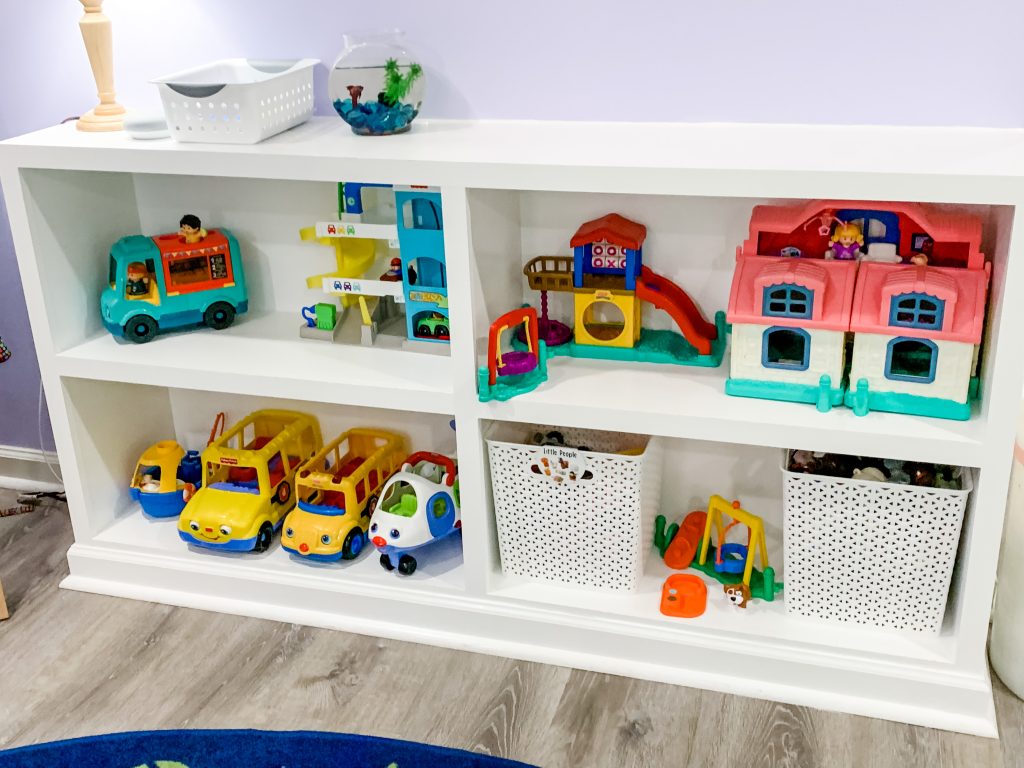
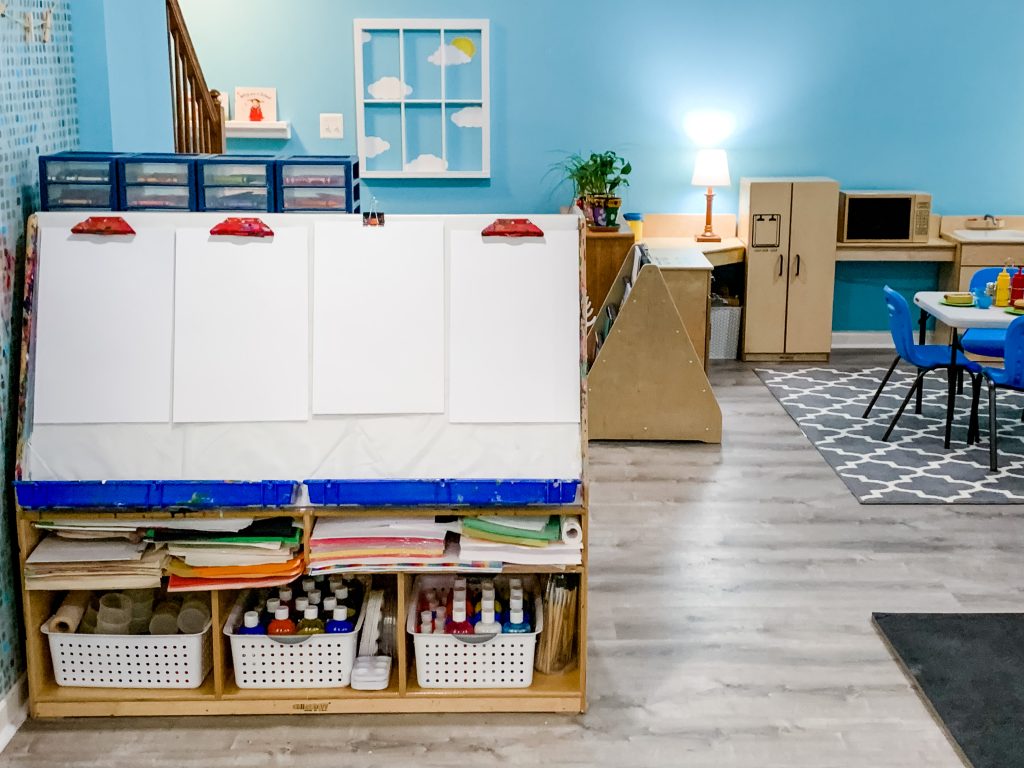
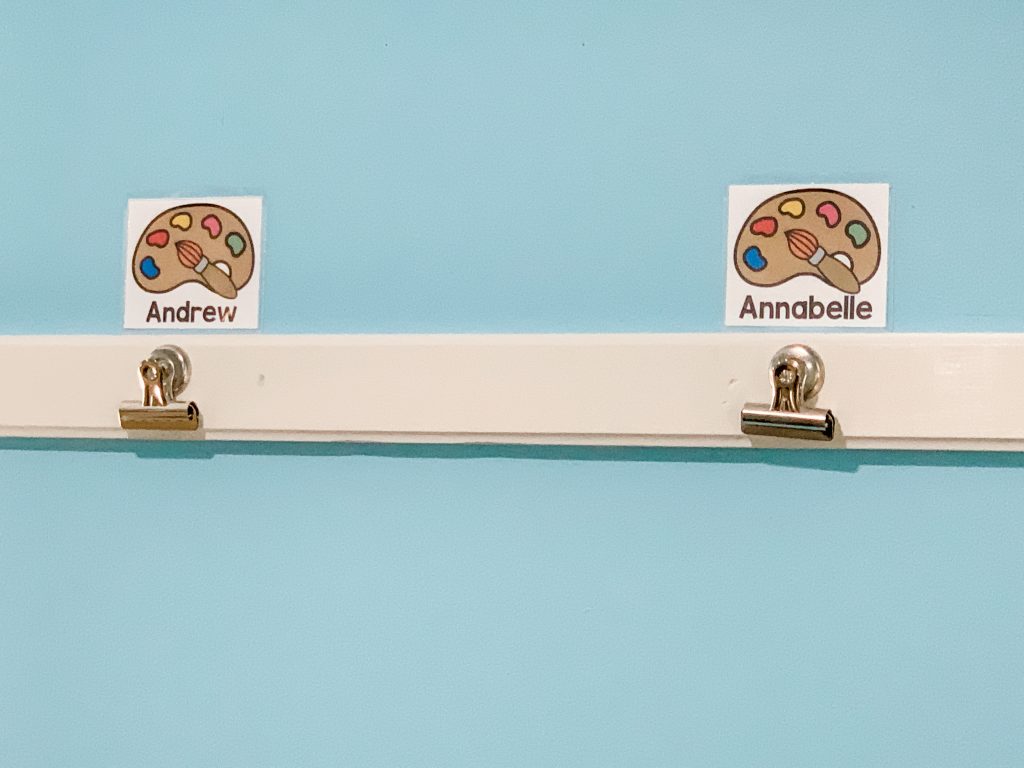
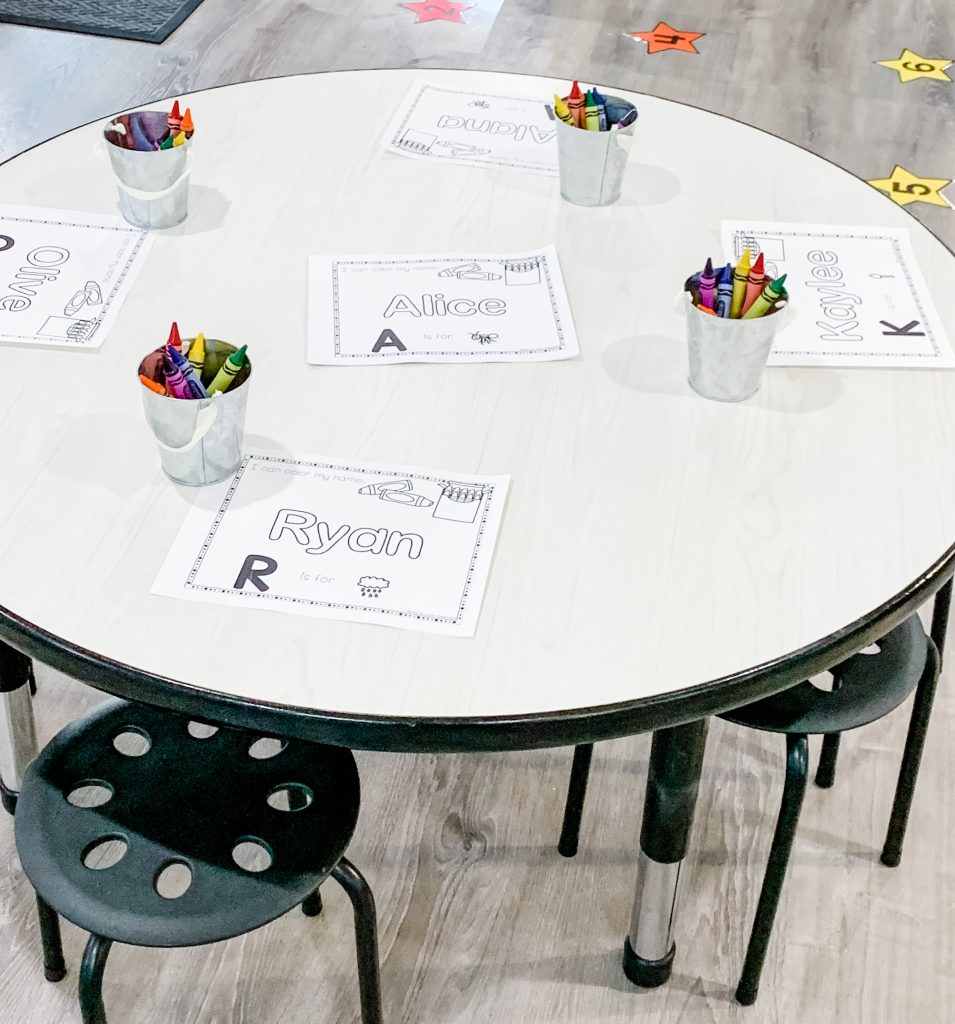
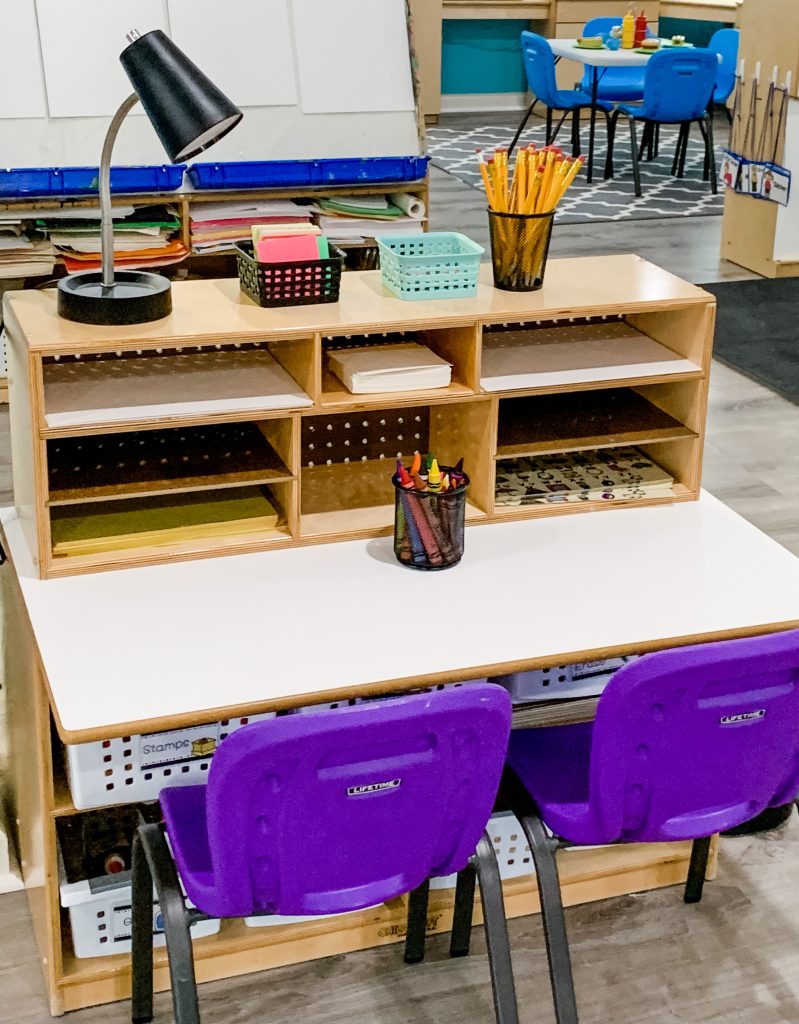
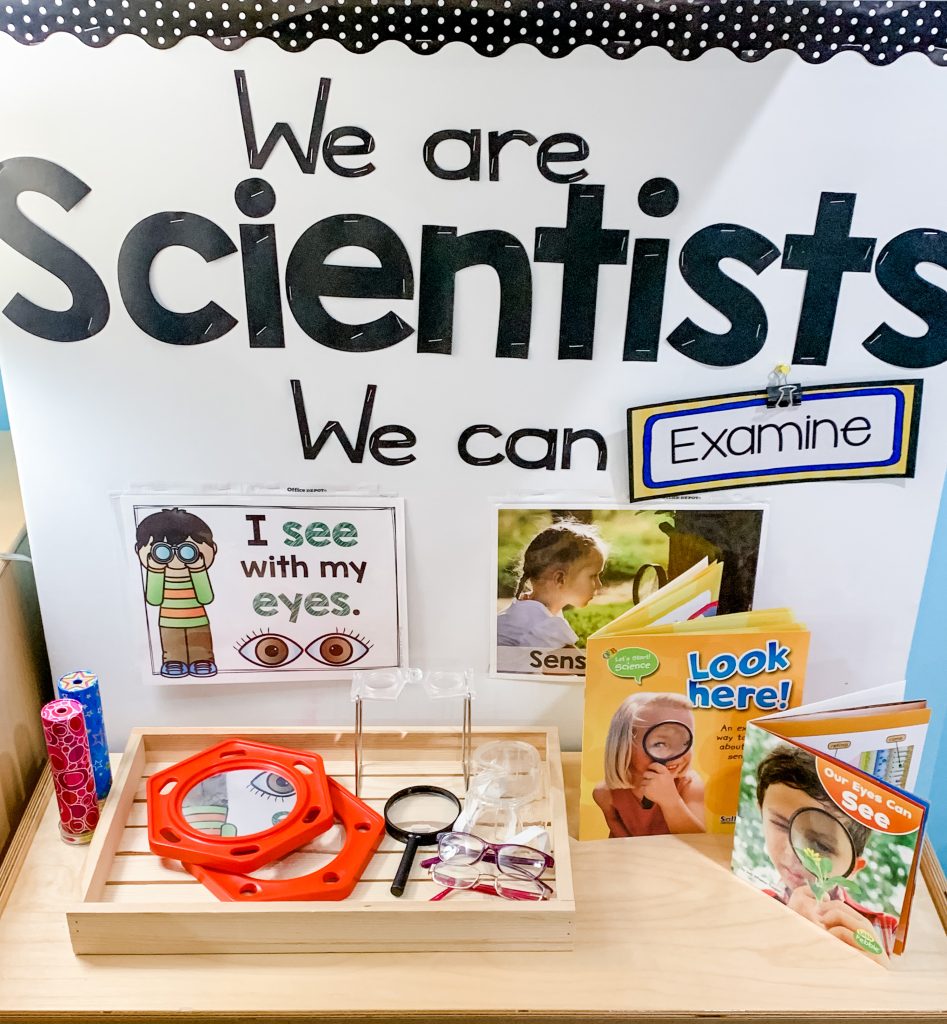
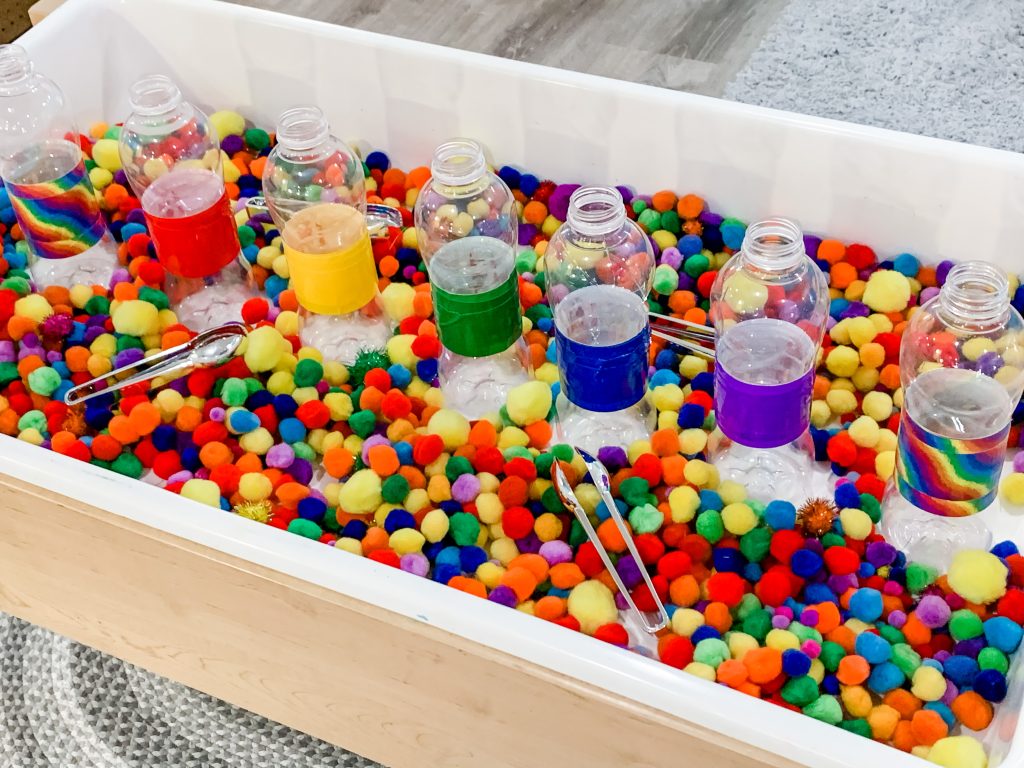
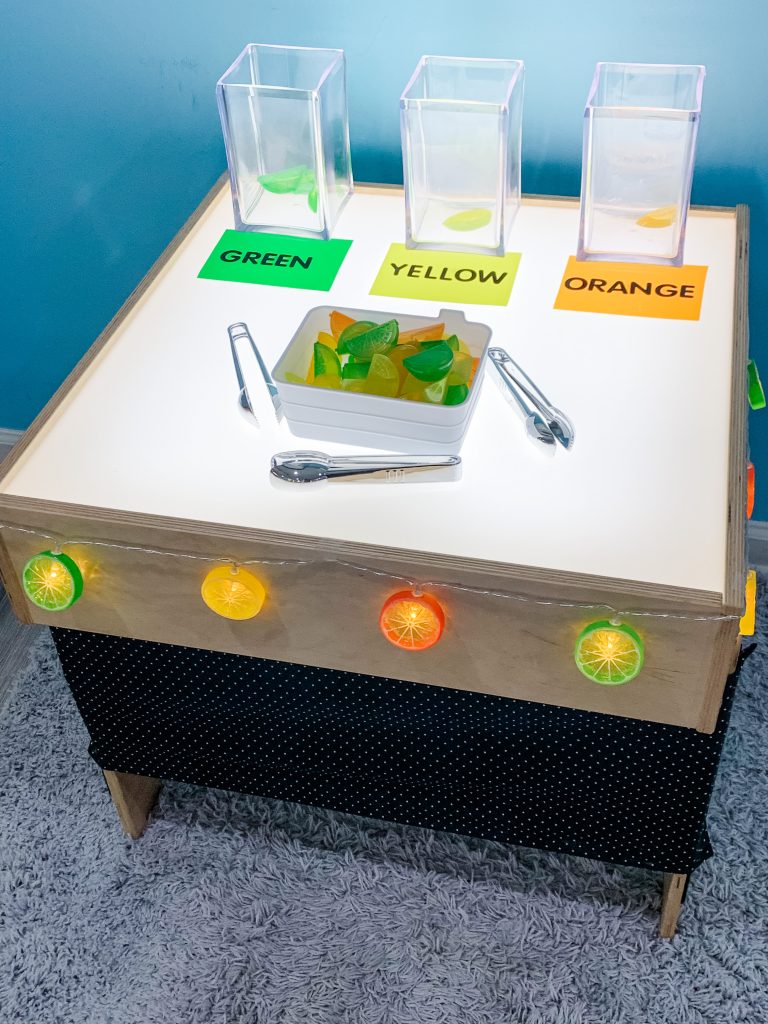
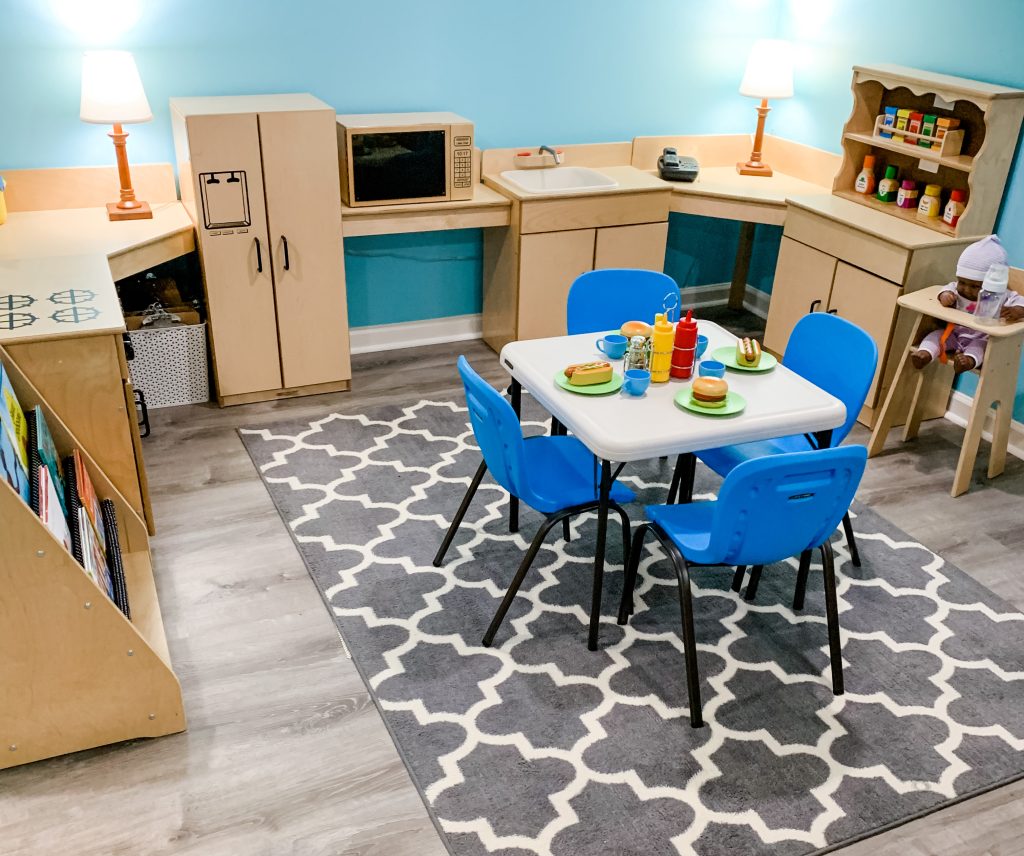
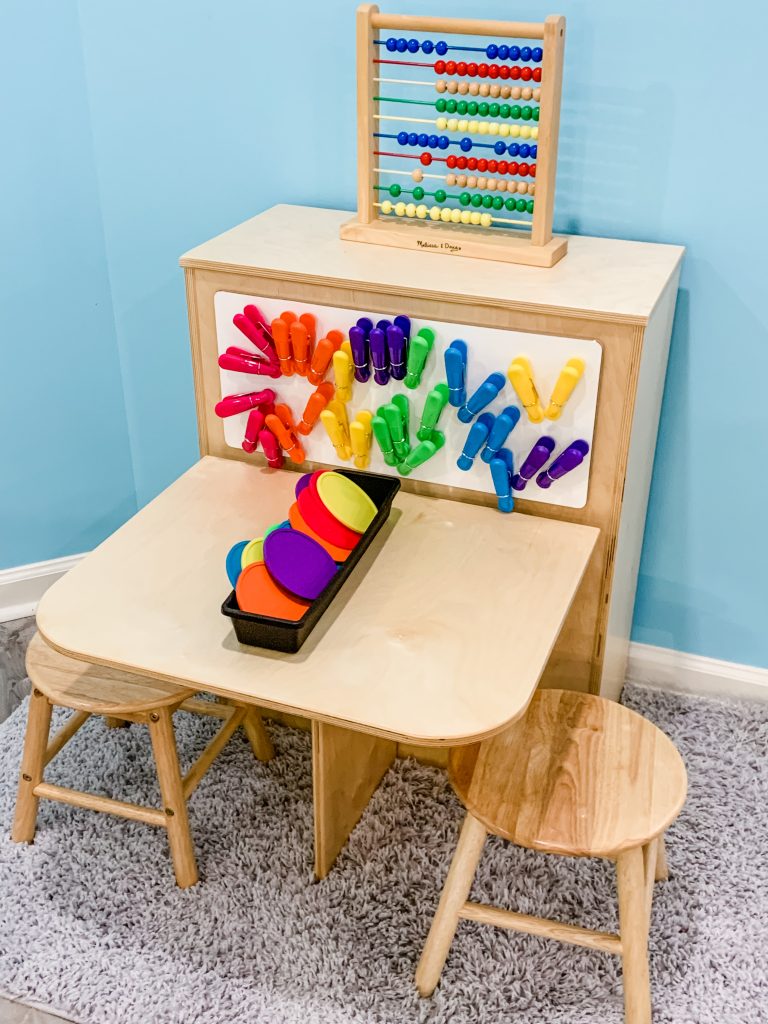
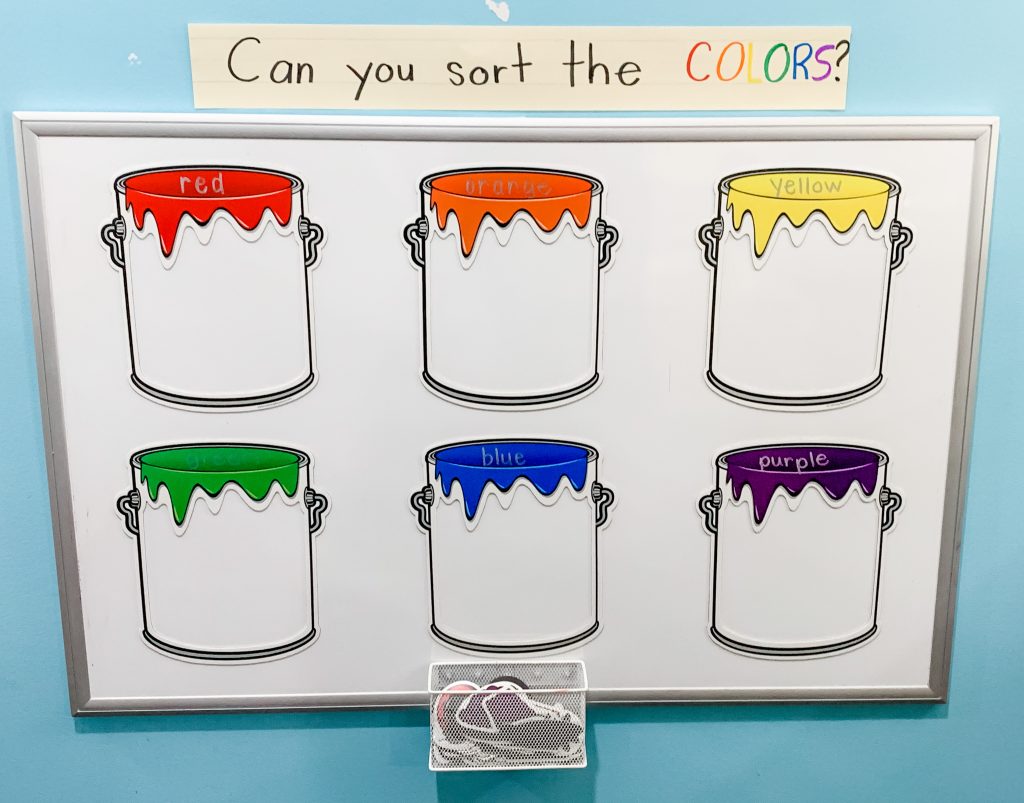
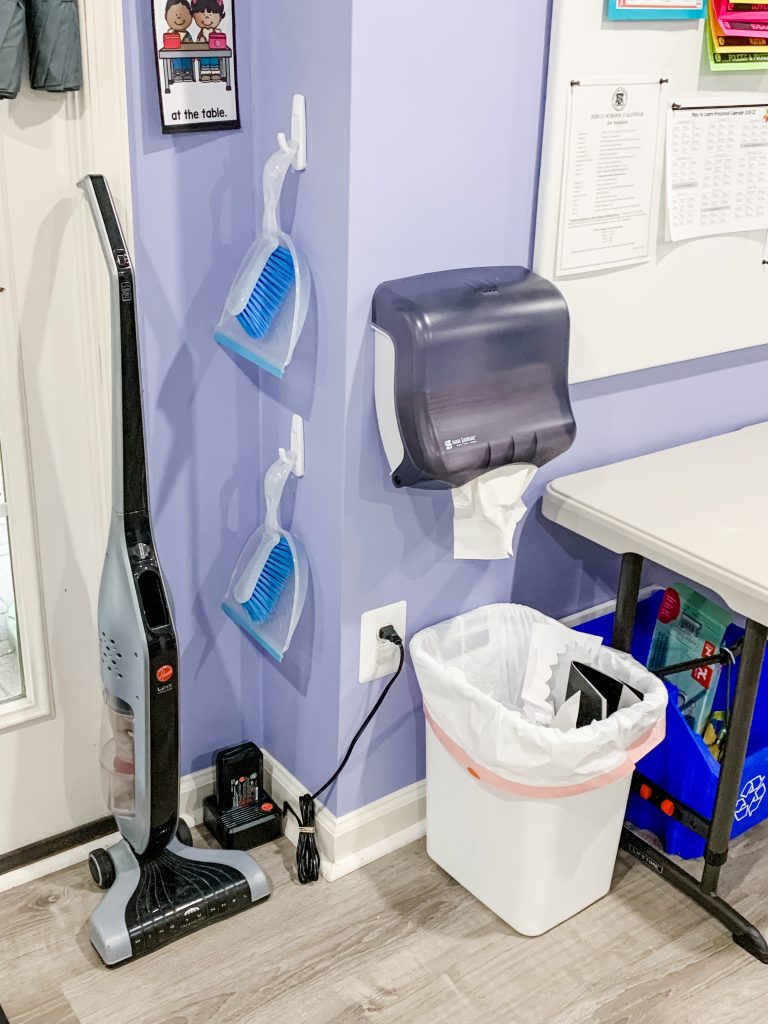
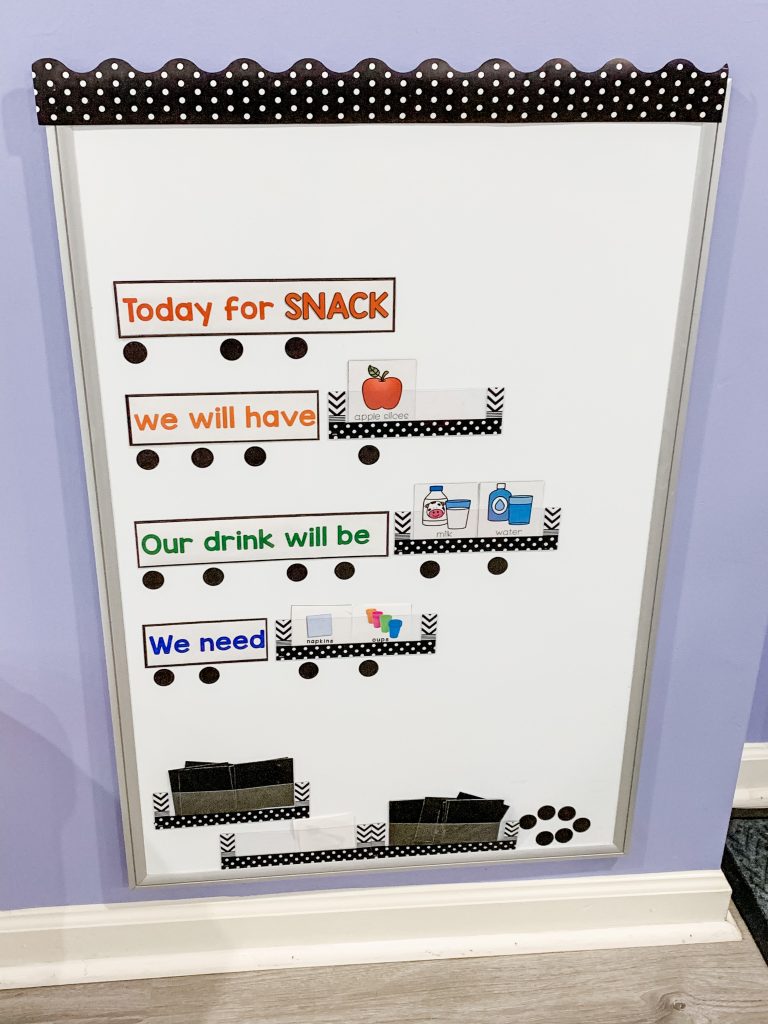
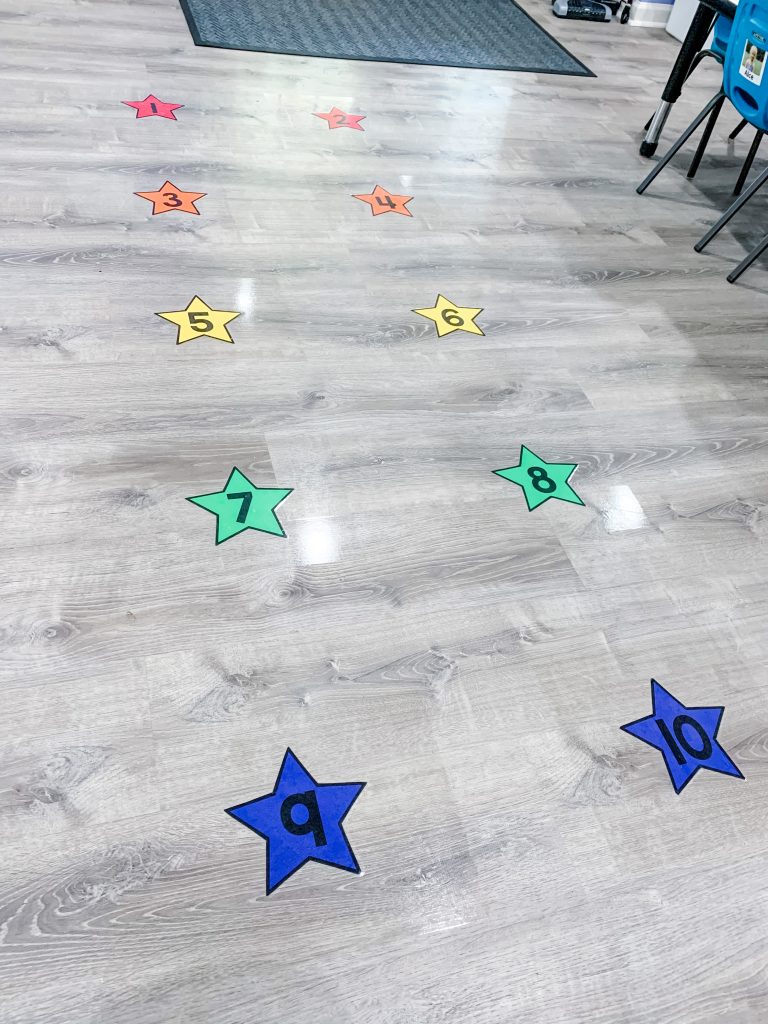
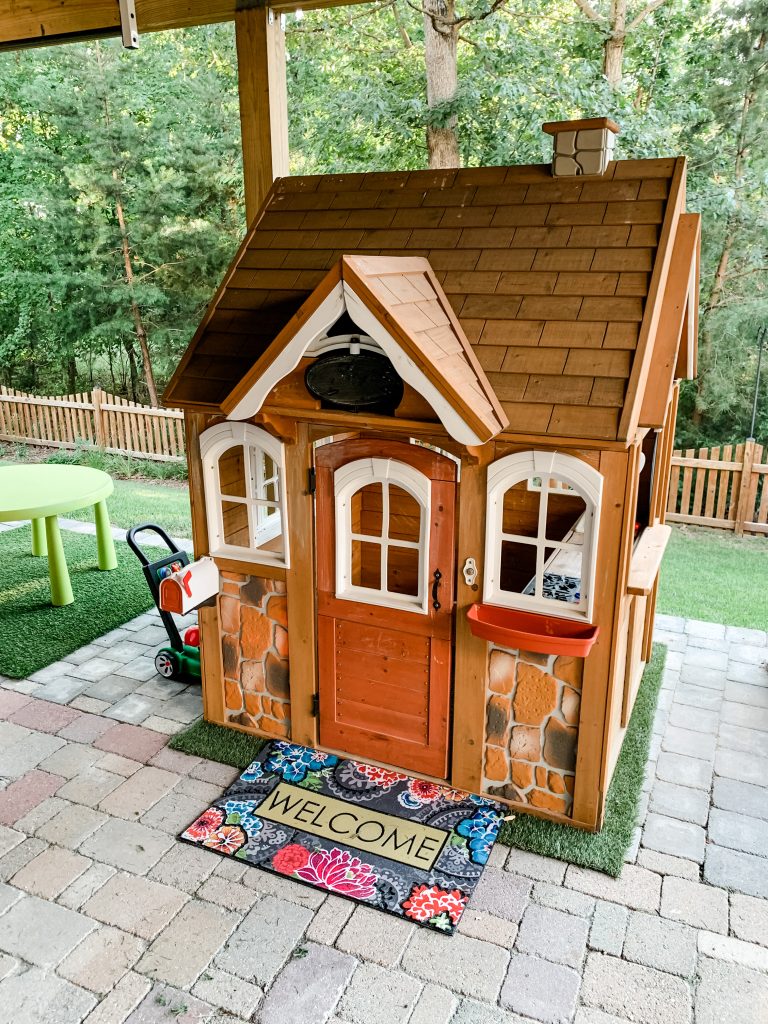
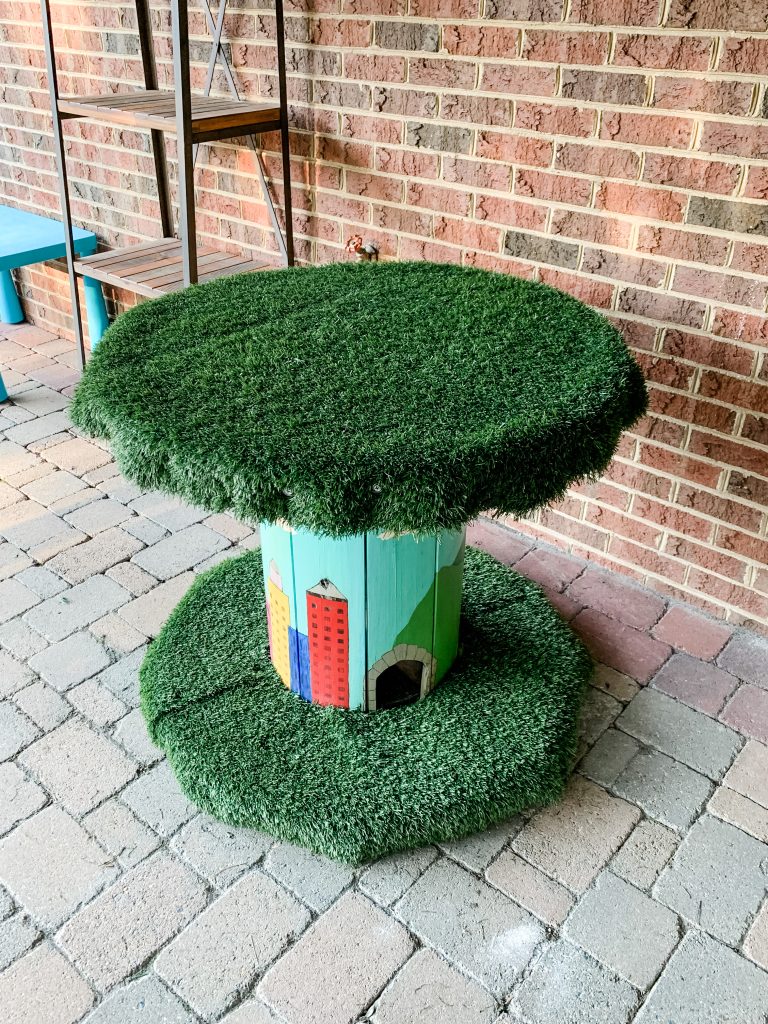
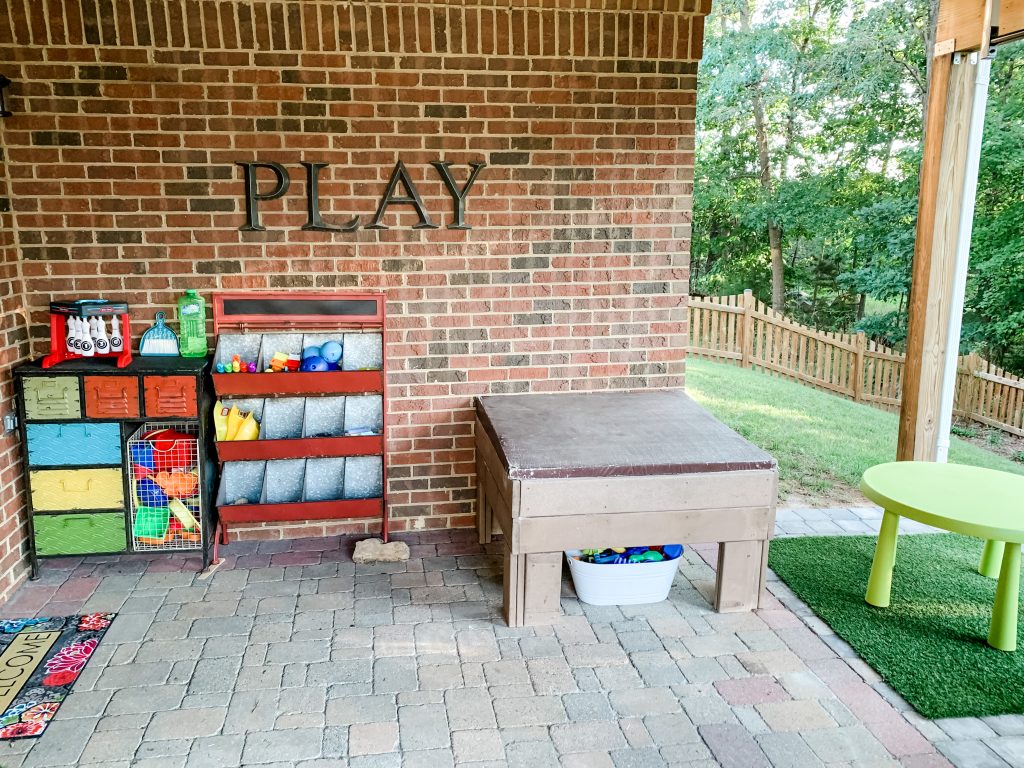
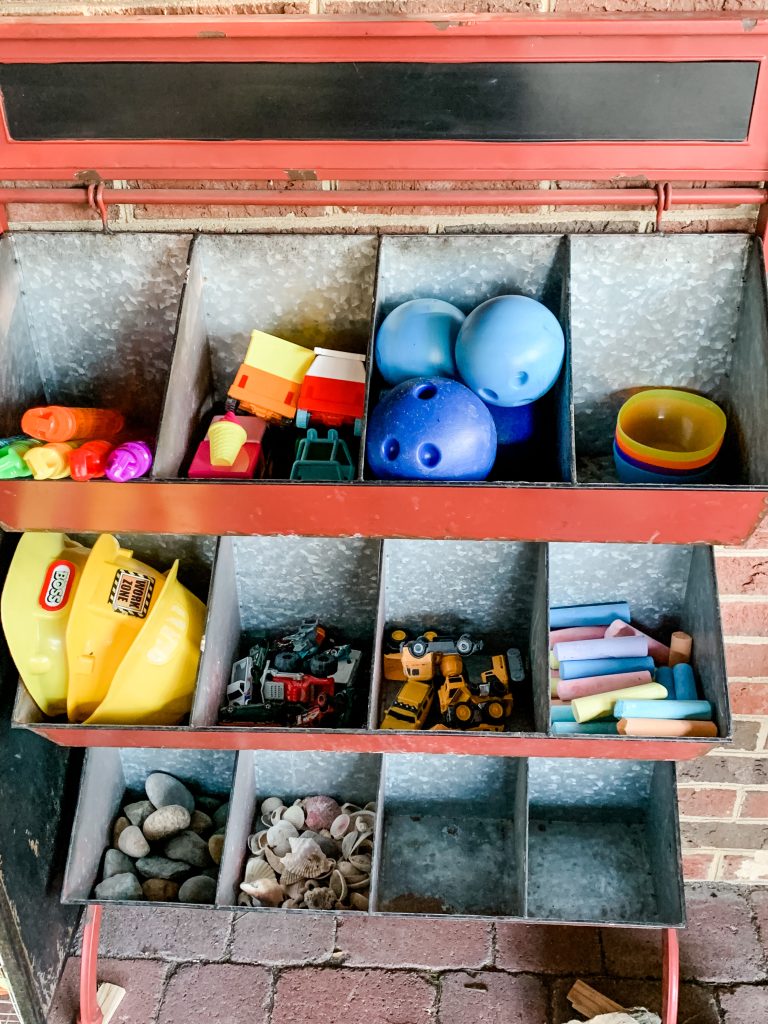

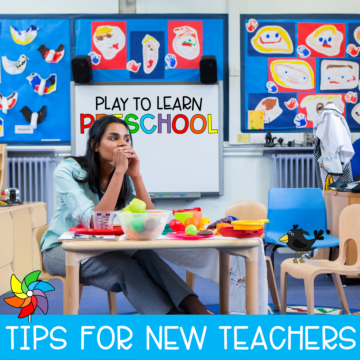

Thank you for sharing all of your wonder ideas! Can you share what’s inside you reusable plastic folder that is for the parents?
I have followed you for years now and have learned so much from your blog. I love all of the new and fresh ideas you give. Thank you!